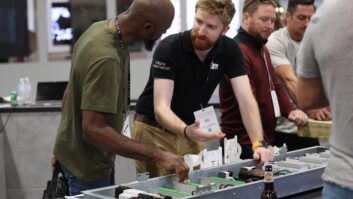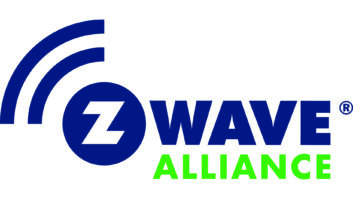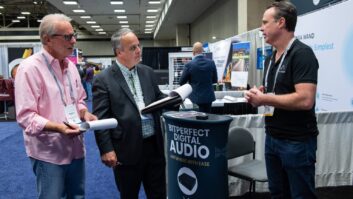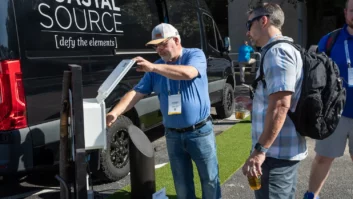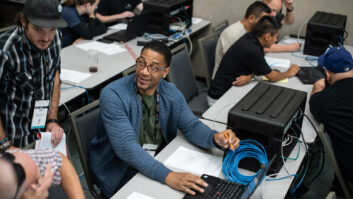INDIANPOLIS –
Sales through the custom-install
market stabilized and could end the year with a
slight gain even though single-family housing starts
began declining again, marketers told TWICE.
The reasons include electronic systems contractors’
embrace of retrofit sales, willingness to tackle
smaller jobs, and ability to serve as an alternative
to A/V specialty stores that closed in recent years.
With the industry stabilizing, the CEDIA Expo
is poised to post its second consecutive gain in
attendance. “Preregistration up to the early-bird
deadline showed solid growth,” CEDIA CEO Utz
Baldwin said.
The number of exhibitors, however, will be down
slightly to 438 in 368 booths, compared with last
year’s 450 exhibitors in 383 booths, though that
number will include “an impressive number of firsttime
exhibitors,” Baldwin said.
The expected uptick in attendance and market
stability come despite multiple forces conspiring to
kick the legs out from under the industry, marketers
said. The downside forces include:
• single-family housing starts falling by 7.6 percent
to a forecast 435,000 in 2011 after a 6.6 percent
gain in 2010, according to the National Association
of Home Builders (NAHB);
• builders of middle-market homes stripping out
amenities to compete with the low prices of foreclosed
homes and short sales, in some cases building
new homes simply to sell the land underneath to
pay off bank loans;
• banks now refusing to roll the cost of electronics into new-home mortgage loans; and
• a slower-than-expected uptake in sales of energymanagement
systems because of the long return on
investment for consumers.
On the upside, positive developments include:
• a forecast 39 percent rise in multifamily housing
starts in 2011 to 158,000 units following a 2 percent
gain in 2010, according to NAHB’s forecast;
• continuing, though diminished, demand by the ultra-
wealthy for high-end jobs, including high-end integrated
home-control systems;
• installers’ embrace of the retrofit market to offset
the decline in new-home construction, shifting their
business models to target consumers rather than
home builders, architects, and interior designers;
• installers’ willingness to take on smaller jobs, including
family-room updates and the installation of flatpanel
TVs; and
• installers’ newfound willingness to embrace wireless
technology to support retrofit sales, having become
more comfortable with wireless reliability and
quality of service but being careful to set customer
expectations.
ESCs’ shift to retrofit “is a change the industry had
to make,” CEDIA’s Baldwin said. “It will be quite some
time before new-home construction will be way up.”
Surveyed CEDIA members did an average of 63 percent
of their gross revenues in retrofit and remodeling
jobs in 2010, up from 2009’s 54 percent, he said.
Also aiding ESCs is their ability to fill a gap left by
A/V specialists who’ve closed their doors, said Jeff
Kussard, strategy development director for distributor
Capitol Sales. “Big-box people do a reasonable job
of educating consumers about our services, but if the
consumer doesn’t have an A/V specialty store to turn
to, they turn to a CEDIA guy.”
The trends have produced a market of extremes, marketers
said. “What’s driving a lot of ESC business today
is a reasonable amount of projects where you spruce up
the family room with a small home theater project with
price points between $3,000 to $10,000 with a median
of $4,000 to $5,000,” said Kussard. At the other end
of the spectrum, “survivors focused on the high-end
projects of the ultra wealthy still manage to keep busy,
though the number of projects has diminished.”
Progressive Retailers Organization (PRO Group)
executive director/COO David Workman agrees that
middle-market jobs are few and far between, thanks to
the collapse of new-home construction in the middle
market for $400,000 to $1 million homes. In these
homes, installations costing $50,000 to $60,000
were the “mainstream systems you lived on,” he said.
This year, “the frequency of jobs is coming up,” he
said, but “even with good months, no one has confidence
that it’s a trend. It’s better than it was, but no
one [A/V specialists or installers] feels like it’s a real
prosperous time,” in part because gains are from low
comps and partly because of a lack of confidence in a
sustained economic recovery, he said.






